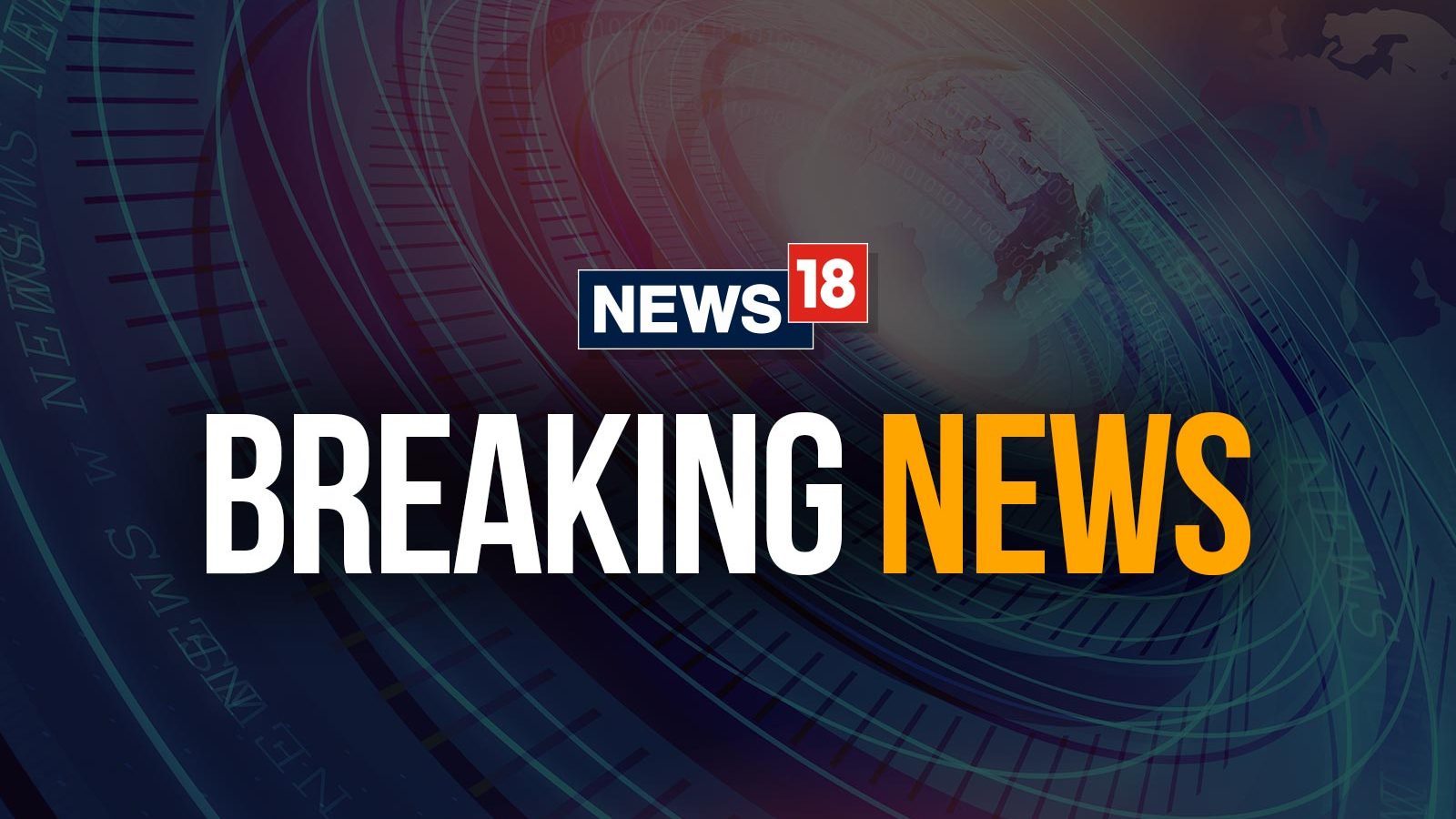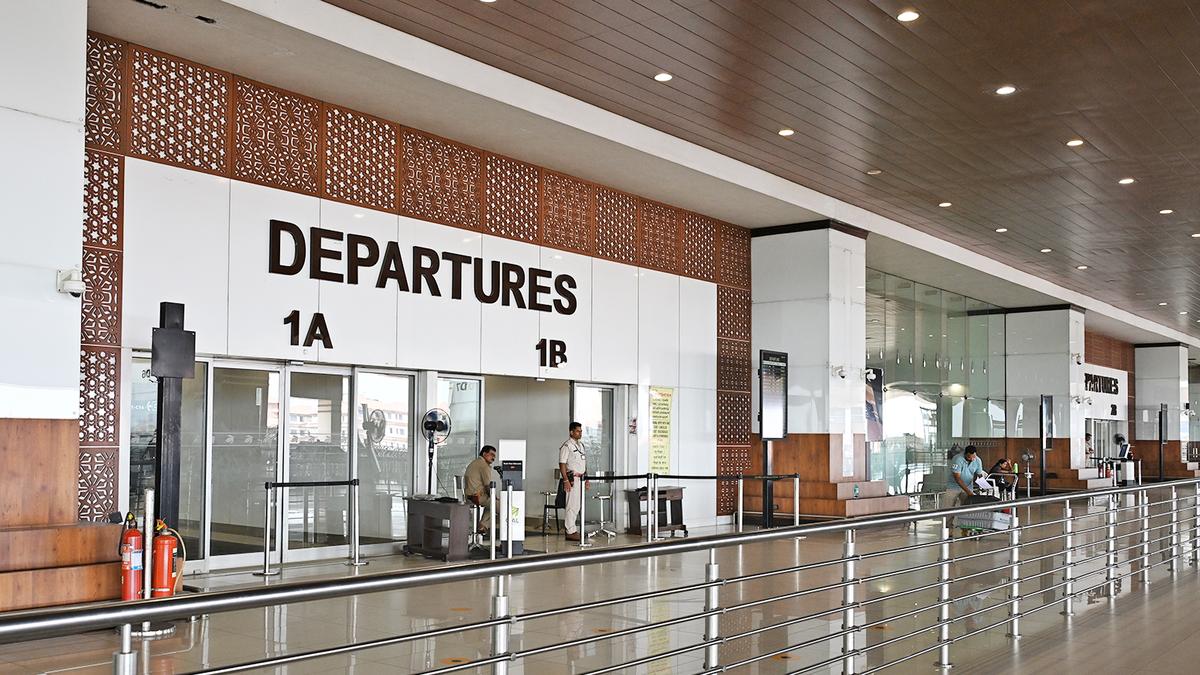NASA, Axiom Space, and SpaceX are set to launch the fourth private astronaut mission to the International Space Station (ISS), Axiom Mission 4 on Wednesday, June 25, 2025, at 12:01 PM IST (2:31 a.m. EDT). The mission will launch from Launch Complex 39A at Kennedy Space Center, Florida, aboard a SpaceX Falcon 9 rocket carrying a new Dragon spacecraft. The crew is scheduled to dock with the ISS on Thursday, June 26, 2025, at approximately 4:30 PM IST (7 a.m. EDT), where they will spend about two weeks conducting science, outreach, and commercial activities.
Mission timeline and launch details of Axiom 4
The Falcon 9 rocket will launch from NASA’s Kennedy Space Center at 12:01 PM IST on June 25. Live coverage by Axiom Space and SpaceX will begin at 9:00 AM IST (12:30 a.m. EDT), with NASA joining the broadcast at 10:10 AM IST (1:40 a.m. EDT). NASA’s coverage will conclude approximately 15 minutes after orbital insertion, shortly after launch. The targeted docking time at the ISS’s Harmony module is 4:30 PM IST on June 26, with arrival coverage starting at 8:30 AM IST (5 a.m. EDT) and continuing through hatch opening and welcome remarks.
Crew composition and mission objectives
The mission is commanded by Peggy Whitson, former NASA astronaut and director of human spaceflight at Axiom Space. ISRO astronaut Shubhanshu Shukla will serve as pilot, marking the first time an Indian Space Research Organisation astronaut visits the ISS under this commercial mission. Mission specialists include ESA project astronaut Slawosz Uznanski-Wisniewski from Poland and Tibor Kapu from Hungary, representing the HUNOR (Hungarian to Orbit) program. This mission also marks the first time astronauts from Poland and Hungary will stay aboard the ISS.
International collaboration and scientific endeavors
Axiom Mission 4 continues the strong partnership between NASA and ISRO, fulfilling a commitment made by former U.S. President Donald Trump and Indian Prime Minister Narendra Modi to send the first ISRO astronaut to the space station. The mission includes five joint science investigations and two in-orbit STEM demonstrations, reflecting the agencies’ shared vision to advance scientific knowledge and space collaboration.
Safety and operational coordination
This launch follows recent discussions between NASA and Roscosmos regarding repair work in the ISS’s Zvezda module transfer tunnel. Both agencies agreed to lower the pressure in the transfer tunnel to 100 millimeters of mercury to ensure crew safety. NASA Acting Administrator Janet Petro emphasized the long-standing cooperation between NASA and Roscosmos, enabling the mission to proceed with a shared technical approach.
The bigger picture: Building a low earth orbit economy
The International Space Station serves as a critical platform for developing a sustainable low Earth orbit economy. NASA’s commercial strategy aims to procure reliable and cost-effective services from private partners like Axiom Space, allowing the agency to focus on Artemis missions to the Moon and future Mars exploration. The ISS remains a vital training ground and proving platform for deep space missions.






